 In addition to battling RSI in my forearms, I struggle with other ailments including problematic knees. Along with yoga, cardiovascular exercise is a means of retaining the fitness needed to allow me to keep on top of these physical issues. The exercise equipment that I use most often is the static bicycle (actually a regular mountain bike with a Cycleops trainer attached), and I try to aim for a minimum of two one-hour workouts on this per week. This is usually enough to keep the quadricep muscles strong and to hold the knee joints together sufficiently tightly so as to feel normal.
In addition to battling RSI in my forearms, I struggle with other ailments including problematic knees. Along with yoga, cardiovascular exercise is a means of retaining the fitness needed to allow me to keep on top of these physical issues. The exercise equipment that I use most often is the static bicycle (actually a regular mountain bike with a Cycleops trainer attached), and I try to aim for a minimum of two one-hour workouts on this per week. This is usually enough to keep the quadricep muscles strong and to hold the knee joints together sufficiently tightly so as to feel normal.
I have recently been using the excellent “The Sufferfest” downloadable cycling workout videos to train with. These are played on a screen placed in front of the training bike. The workouts are varied in style and target different aspects of cycling, such as sprinting, climbing, endurance, interval etc, and they are a much used and well recommended tool in helping me stay fit.
As any of you who are used to doing cardiovascular exercise know, however, sometimes it can become a slog. What triggers this feeling? Is it a busy life? Clock watching? Tiredness? Maxing out? Mind games?
I always wondered what caused time to drag during workouts, and using the Sufferfest video programmes certainly offers you plenty of visual (cycling road races and humour) as well as audio (pumping soundtracks and audio cues) distractions. This serves to help immerse yourself in the workout and avoid dwelling on the time remaining. Regardless, I was finding that I’d still be clock-watching. Additionally, for a long time, I have used a heart rate monitor when doing cardio exercise. (This stems from 10 years ago when I did a 2000 feet climb on my bike each weekend, and needed to monitor heart rate to ensure that I didn’t spend too much time in the red zone). During my static bike workouts, I was finding that I would reach higher levels of heart rate too quickly. This generally is not what you want to experience in a workout, ie gritting your teeth and suffering (despite the name!) for the whole one hour or longer. It is certainly not conducive to establishing a regular exercise routine if you know you are likely to struggle both mentally and physically.
With all this in mind, I started experimenting with mindfulness during exercise. It’s actually easy to do, especially on a static bike. I shut my eyes for periods of high intensity exercise and flip the brain switch to “off” (you know the one that says, “I’m hot”, “I’m suffering” and “Is this done yet?” 60 times a minute!). You don’t actually have to switch your brain off, just close your eyes, block out any thoughts of the workout, and think of very little (or if you can’t, then think of something nice like a river flowing). Your lungs and heart can cope with the workout quite happily without your brain being over-active. Just be aware that your legs are spinning and your lungs are breathing, but let go of the mental stress of the struggle.
Now the interesting thing about this approach is that, not only do you stop looking at the clock, but your heart rate drops too. I have done this on a regular basis for a while now, with consistent results. As a 46 year old, I have a maximum theoretical heart rate of 220-46 = 174 beats per minute. When I exercise non-meditatively, I will rapidly climb to 170 bpm(ish) during high intensity parts of the workout (ie 80-100% effort), while dropping to 140 bpm during reduced intensity (30% effort) intervals. When I introduce meditation during workouts, these figures drop on average somewhere between 8 and 15 bpm, which is highly significant. Why is my heart having a lighter load when outputting the same energy in the workout? It is the brain activity that accounts for the difference. When you listen to a pumping soundtrack and watch stimulating images and clocks, your mind is extremely active. In order for the mind to be this active, it’s requesting more and more blood supply to support it. It can be argued that this is wasted energy which could be conserved for the parts of the body that need it later on in the workout.
This is a major breakthrough in workouts for me. I can now synchronise mind and body, conserving energy for my legs whilst keeping my heart rate well below the theoretical maximum. The technique also has the advantage that the perceived duration of the workouts is now much shorter. Time seems a whole lot more compressed in the meditative zone.
This could be very useful in all kinds of athletic training, as meditation can be done with your eyes open (with practice), and can help athletes improve performance. How many athletes would like to have the ability to conserve 10% of their energy output for when it’s needed? No doubt this is part of the reason why increasing numbers of athletes and teams are engaging mindfulness advisers and experts.
I also ponder the power of mindful meditation and how it could help with issues such as RSI conditions, where we have a tendency to let our minds race to the worst places. “I’m at work, I’m using the computer, my arms hurt, is it 5 pm yet ?” etc. Again, it’s little wonder that programmes such as Mindfulness Based Stress Reduction are becoming increasingly popular in the workplace.
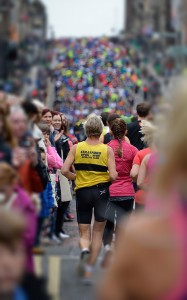 I have been running more and more over the last three years for fitness purposes as well as for the prevention of middle age weight creep. It has been an interesting journey and one that forces you to analyse a lot of your associated aches and pains on a continual basis. Firstly, you try to identify and resolve them before they can manifest themselves into something more sinister and become a long term injury.
I have been running more and more over the last three years for fitness purposes as well as for the prevention of middle age weight creep. It has been an interesting journey and one that forces you to analyse a lot of your associated aches and pains on a continual basis. Firstly, you try to identify and resolve them before they can manifest themselves into something more sinister and become a long term injury.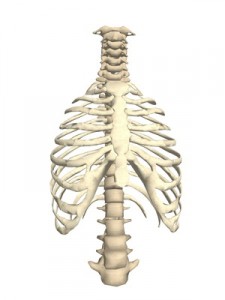
 In addition to battling RSI in my forearms, I struggle with other ailments including problematic knees. Along with yoga, cardiovascular exercise is a means of retaining the fitness needed to allow me to keep on top of these physical issues. The exercise equipment that I use most often is the static bicycle (actually a regular mountain bike with a
In addition to battling RSI in my forearms, I struggle with other ailments including problematic knees. Along with yoga, cardiovascular exercise is a means of retaining the fitness needed to allow me to keep on top of these physical issues. The exercise equipment that I use most often is the static bicycle (actually a regular mountain bike with a 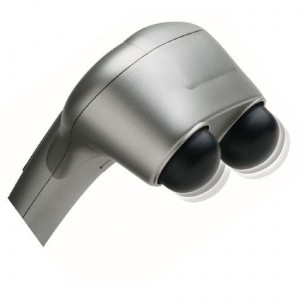
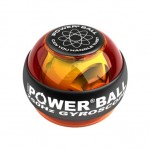
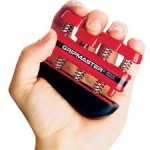
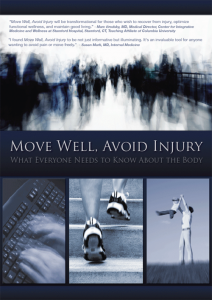
 During my
During my